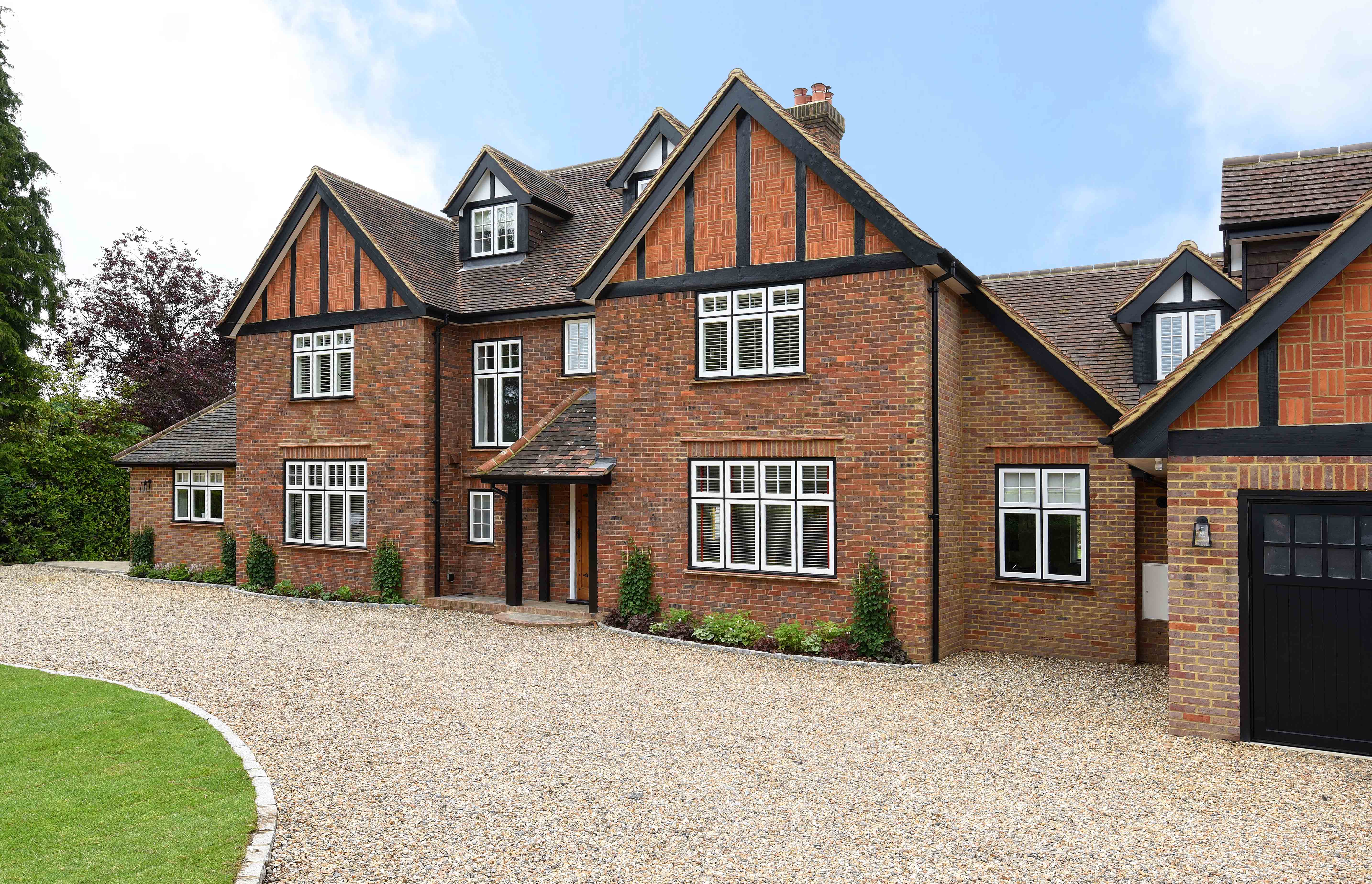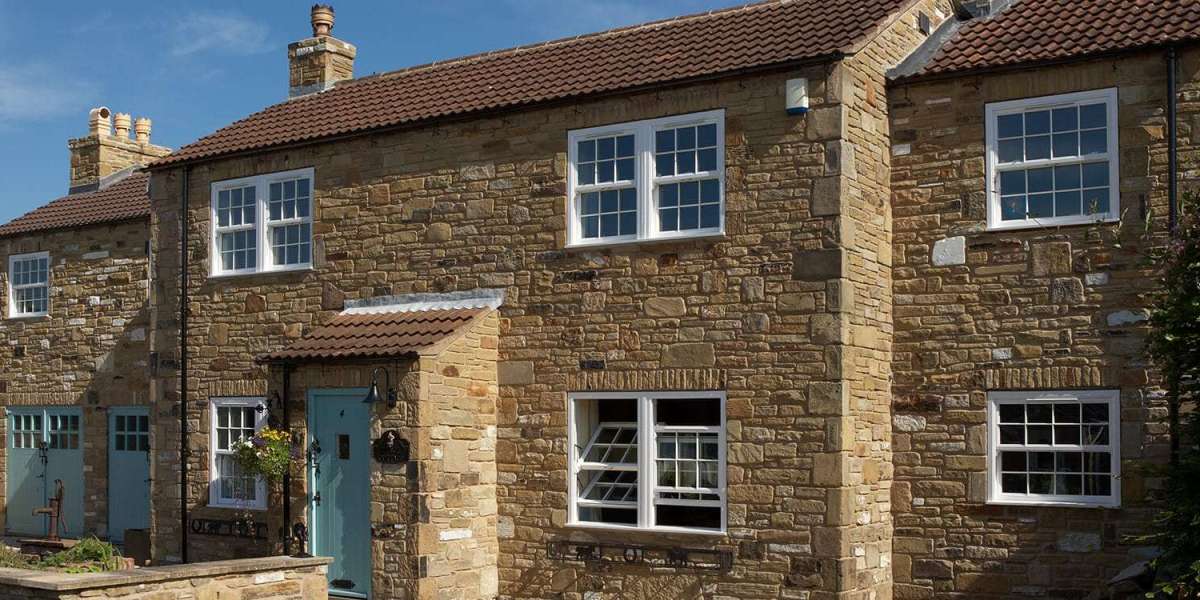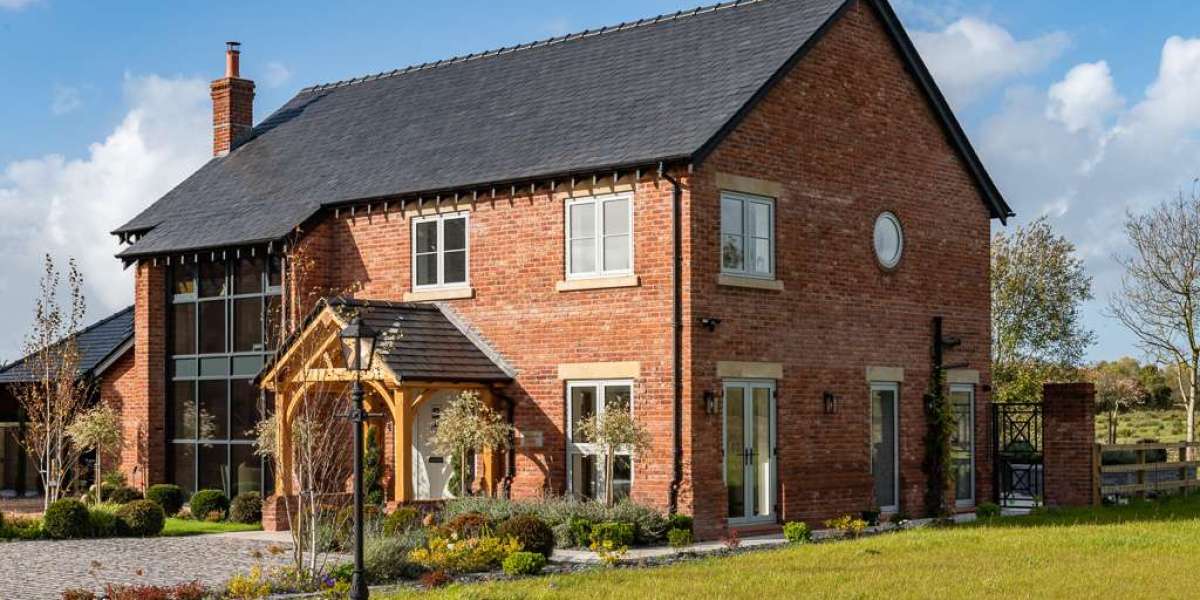Window installation is a crucial aspect of home improvement that not only enhances the aesthetic appeal of a property but also significantly impacts energy efficiency, security, and overall comfort. This article delves into the theoretical underpinnings of window installation, exploring its importance, the various types of windows available, the installation process, and the factors influencing the choice of windows for residential and commercial buildings.
The Importance of Window Installation
Windows serve multiple functions in a building. They provide natural light, ventilation, and views of the outside environment while also acting as barriers against the elements. Proper window installation is essential for ensuring that these functions are fulfilled effectively. A well-installed window can improve a building's energy efficiency by minimizing air leaks, which can lead to significant savings on heating and cooling costs. Additionally, windows contribute to the overall security of a property; poorly installed windows may be easier to break into, compromising the safety of the occupants.

Moreover, the right windows can enhance a building's aesthetic appeal, increasing its market value. Homebuyers often prioritize properties with modern, energy-efficient windows that complement the architectural style of the home. Therefore, understanding the nuances of window installation is vital for homeowners, builders, and architects alike.
Types of Windows
Before delving into the installation process, it is essential to understand the different types of windows available in the market. Each type has unique characteristics that cater to various needs and preferences:
- Double-Hung Windows: These windows feature two sashes that slide vertically. They are popular for their traditional look and ease of cleaning, as both sashes can be tilted inward.
- Casement Windows: Hinged at the side, casement windows open outward, providing excellent ventilation and unobstructed views. They are often regarded as one of the most energy-efficient window types.
- Sliding Windows: These windows consist of two or more sashes that slide horizontally. They are Ideal Glass for spaces where a swinging window would be impractical.
- Awning Windows: Hinged at the top, awning windows open outward and are often used in combination with other window types. They allow for ventilation even during rain.
- Picture Windows: Fixed windows that do not open, picture windows are designed to provide unobstructed views and maximize natural light.
- Bay and Bow Windows: These windows protrude from the exterior wall, creating a nook inside. They are often used to enhance the architectural interest of a room.
The Window Installation Process
The window installation process can be broken down into several key steps. Understanding each step can help homeowners appreciate the complexity of the task and the importance of hiring qualified professionals when necessary.
- Preparation: Before installation begins, it is crucial to prepare the work area. This includes removing any existing window treatments, furniture, and obstructions that may hinder access to the window frame.
- Measurements: Accurate measurements are vital for ensuring a proper fit. This involves measuring the width and height of the existing window frame and checking for any irregularities in the structure that may affect installation.
- Removal of Old Windows: If replacing existing windows, the old windows must be carefully removed. This process involves detaching the trim, removing any nails or screws, and ensuring that the surrounding area is not damaged.
- Frame Inspection: Once the old window is removed, the frame should be inspected for any signs of rot, damage, or mold. Any issues must be addressed before proceeding with the installation of the new window.
- Installation of New Windows: The new window is then placed into the frame. It is essential to ensure that the window is level and square. Shims may be used to adjust the window's position. Once in place, the window is secured with screws or nails.
- Sealing: Proper sealing is critical for energy efficiency. Caulk is applied around the window frame to prevent air and water infiltration. Flashing may also be added to protect against moisture.
- Finishing Touches: After the window is installed and sealed, the trim is reattached or replaced, and any necessary finishing work is completed. This may include painting or staining the trim to match the surrounding decor.
- Final Inspection: Once the installation is complete, a final inspection should be conducted to ensure that the window operates correctly and that there are no visible gaps or leaks.
Factors Influencing Window Selection
Several factors influence the choice of windows for installation. Homeowners must consider their specific needs, preferences, and budget when selecting windows. Key factors include:
- Energy Efficiency: Windows are rated for their energy efficiency, often denoted by the U-factor and Solar Heat Gain Coefficient (SHGC). Homeowners should look for windows that meet or exceed energy efficiency standards to reduce heating and cooling costs.
- Material: Window frames can be made from various materials, including wood, vinyl, aluminum, and fiberglass. Each material has its advantages and disadvantages, influencing durability, maintenance, and cost.
- Style and Aesthetics: The architectural style of the home plays a significant role in window selection. Homeowners should choose windows that complement the overall design and enhance curb appeal.
- Functionality: Consideration should be given to how the windows will be used. For example, windows in high-traffic areas may require different features than those in more secluded spaces.
- Budget: Finally, the cost of windows and installation should be a primary consideration. Homeowners should obtain multiple quotes and consider the long-term savings associated with energy-efficient windows.
Conclusion
Window installation is a multifaceted process that requires careful planning, precise execution, and an understanding of various factors influencing the choice of windows. A well-installed window not only enhances the beauty of a home but also contributes to energy efficiency and security. By understanding the types of windows available, the installation process, and the key considerations for selection, homeowners can make informed decisions that will benefit them for years to come. Whether undertaking a DIY project or hiring professionals, the importance of quality window installation cannot be overstated.








